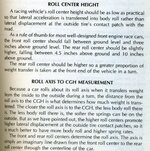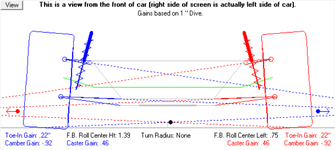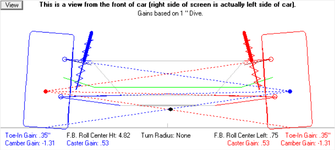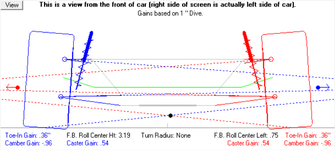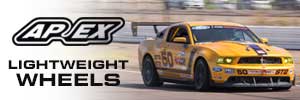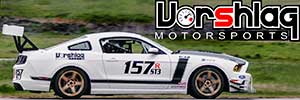- Thread starter
- #161
Neither had I. It is super cool. However, I am having problems with grinding in 2nd gear. I never had grinding before with the Steeda shifter.These look really cool but I've never got a chance to use or see one in person. I feel like getting one of these would just make me want a real sequential even more, lol.
Current thoughts:
- Still slightly out of alignment?
- I didn't have issues on autocross so may be a cold oil/transmission issue or RPM
- Ashley did have issues, but maybe not fully engaging clutch?
- Maybe it's revealing I have a synchronizer issue with 2nd gear or stretched clutch cable



